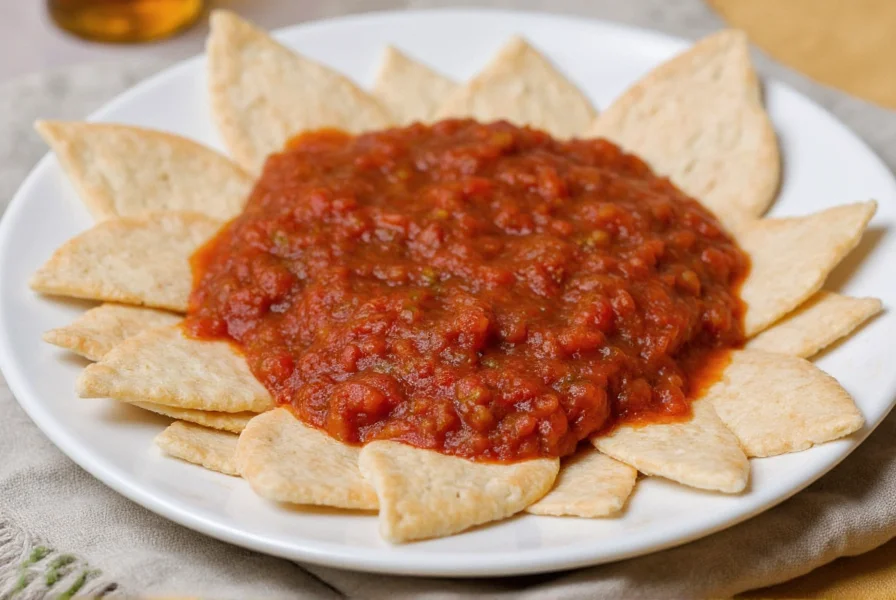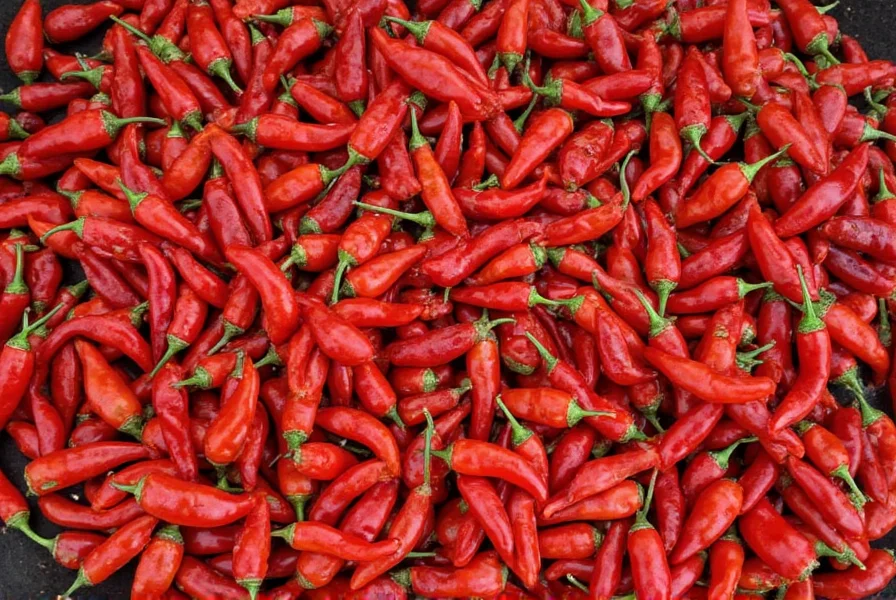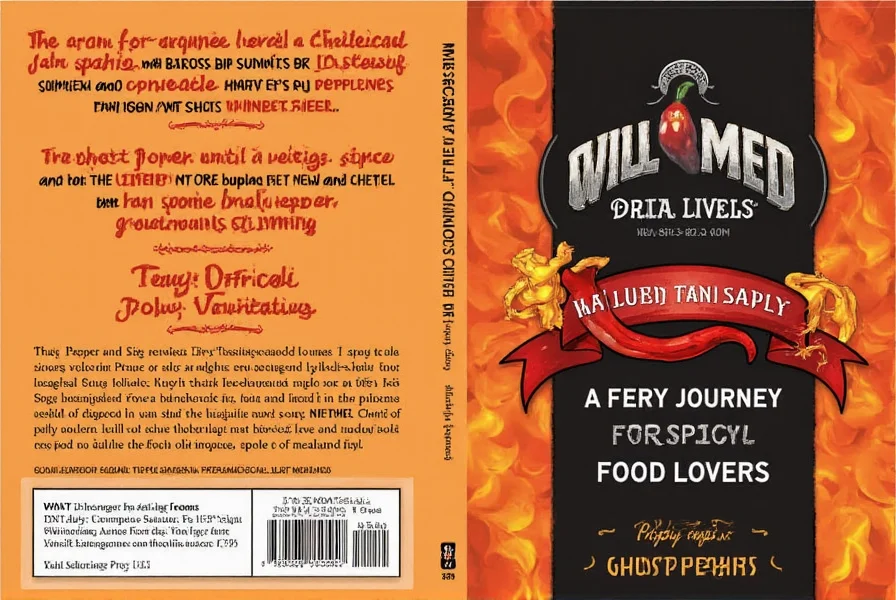The Ghost Pepper Chronicles: A Spicy Love Story with Bhut Jolokia
There's something undeniably magnetic about fire. The way it dances, the warmth it brings—and yes, the occasional burn it causes. In the spice world, one pepper embodies this fiery romance better than any other: the Bhut Jolokia, better known as the Ghost Pepper.
Table of Contents
- A Historical Scorch: Where Did Bhut Jolokia Come From?
- Scoville Showdown: How Hot Is It Really?
- Flavor Beyond Fire
- From Curries to Cocktails: Culinary Uses
- Handling Tips for Home Chefs and Pros
- Buying Guide: Choosing Your Ghost Pepper
- Conclusion: Embrace the Heat
A Historical Scorch: Where Did Bhut Jolokia Come From?
Bhut Jolokia hails from the northeastern regions of India—Assam, Nagaland, and Manipur in particular. This ghostly-red chili has been used for centuries not just in food, but also as a deterrent for wild elephants (seriously!). Locals would hang Ghost Peppers around their fields to keep these gentle giants at bay. Talk about a natural alarm system!
In 2007, the Bhut Jolokia was officially recognized by Guinness World Records as the world’s hottest chili pepper, registering over 1 million Scoville Heat Units (SHU). Though it's since been dethroned by peppers like the Carolina Reaper, its legacy still burns bright in kitchens and competitions around the globe.
Scoville Showdown: How Hot Is It Really?
To understand the Bhut Jolokia’s heat, you need to meet its measuring stick: the Scoville Scale. Developed by chemist Wilbur Scoville in 1912, this scale measures capsaicin concentration—the compound responsible for spiciness.
| Pepper | Average SHU | Relative Heat Level |
|---|---|---|
| Ghost Pepper (Bhut Jolokia) | ~1,041,427 | 🔥🔥🔥🔥🔥 |
| Habanero | ~350,000 | 🔥🔥🔥🔥 |
| Jalapeño | ~8,000 | 🔥🔥 |
| Carolina Reaper | ~1,569,300 | 🔥🔥🔥🔥🔥🔥 |

Now, before you rush out to taste-test a raw Bhut Jolokia, here’s a word of caution: the heat doesn’t hit immediately. You get a false sense of security—a sweet, fruity flavor that lures you in—before the firestorm erupts. Think of it as a delayed explosion on your tongue. Not for the faint of heart… or stomach.
Flavor Beyond Fire
If Ghost Pepper were just about heat, it wouldn’t have earned such a cult following. No, this chili has depth. A complex flavor profile often described as smoky, earthy, and slightly sweet makes it a favorite among chili connoisseurs and experimental chefs alike.
Unlike some industrial-grade superhots, which sacrifice flavor for pure pain, the Bhut Jolokia strikes a balance. That’s why it works so well in chutneys, marinades, and even desserts (more on that later). It’s not just hot—it’s flavorful.
From Curries to Cocktails: Culinary Uses
Let’s explore some ways to wield the Ghost Pepper without burning down the kitchen:
- Ghosts in Gravies: A tiny sliver goes a long way in curries. Add it early in the cooking process to infuse the dish subtly.
- Oil It Up: Make ghost pepper oil for drizzling over pizzas or roasted veggies. Infused oils capture the heat and flavor without the intimidating texture.
- Sauces & Salsas: Blend with mango, lime, and tamarind for a tropical twist, or mix with garlic and vinegar for a classic hot sauce.
- Cocktail Garnishes: Dehydrated and powdered, it can rim a spicy margarita glass or add a kick to Bloody Marys.
- Confection Confusion: Dark chocolate truffles with ghost pepper dust? Yes. The sweetness softens the heat, making it surprisingly addictive.

Handling Tips for Home Chefs and Pros
Here are some must-know tips when working with the Bhut Jolokia:
- Wear gloves—always. Capsaicin is an oily compound and sticks to skin, causing prolonged burning.
- Avoid touching your face, especially eyes, nose, and mouth. Trust us, it’s not fun.
- Use a fan or work under a vent hood to avoid inhaling fumes.
- Don’t wash with water if you get burned. Use milk or vegetable oil to dissolve the capsaicin.
- Store carefully: Keep dried Ghost Peppers in airtight containers away from light and moisture.

Buying Guide: Choosing Your Ghost Pepper
If you're ready to dive into the world of Bhut Jolokia, here’s what to look for when shopping:
Fresh vs. Dried vs. Powdered
| Type | Pros | Cons | Best For |
|---|---|---|---|
| Fresh | Vibrant color, intense heat | Short shelf life, messy handling | Homemade sauces, salsas |
| Dried | Longer shelf life, easier storage | Need rehydration, slower infusion | Curries, stews, dry rubs |
| Powder | Easy to measure, blends well | Easily airborne, hard to control heat | Marinades, spice mixes, cocktails |
Brands Worth Trying
- Mike's Hot Honey – Ghost Pepper Edition
- Features: Sweet-meets-spice blend with real Bhut Jolokia infusion
- Use Cases: Drizzle on pizza, burgers, or yogurt bowls
- Audience: Beginners looking for flavor with mild heat
- Pure Indian Foods Bhut Jolokia Chilli
- Features: Organic, sun-dried Ghost Peppers from Assam
- Use Cases: Traditional Indian dishes, homemade pastes
- Audience: Authentic cuisine lovers, home cooks
- Zen辣 Ghost Pepper Powder
- Features: Ultra-fine powder, consistent heat distribution
- Use Cases: Marinades, spice rubs, cocktail garnishing
- Audience: Chefs and mixologists

What to Avoid
- Overly cheap knockoffs: If the price seems too good, it might not be real Bhut Jolokia.
- Unclear labeling: Always check for country of origin and heat rating info.
- Products without expiration dates: Especially important for fresh and dried varieties.
Conclusion: Embrace the Heat
The Bhut Jolokia isn’t just a chili—it’s a legend. Whether you're a seasoned spice hunter or a curious home cook, there’s no denying the allure of the Ghost Pepper. Its unique flavor, historic roots, and extreme heat make it one of the most talked-about spices in the world.
So go ahead, take the plunge. Start small, respect the heat, and let your palate evolve. With the right tools, knowledge, and a bit of courage, you too can conquer—or at least coexist with—the ghost in the pepper.
Remember: the first bite may sting, but the story will last a lifetime.










 浙公网安备
33010002000092号
浙公网安备
33010002000092号 浙B2-20120091-4
浙B2-20120091-4